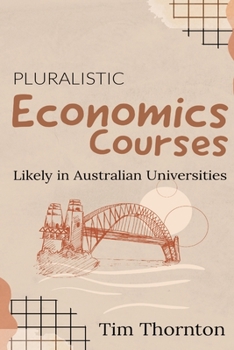Pluralistic economics courses likely in Australian universities
Autisticburnout'describesastateofdebilitatingphysical, mental, andemotionalexhaustion experiencedbyautisticpeople, resultingfromdemandsassociatedwithbeingautisticandlivinginapredominantlynon-autisticworld.Thesedemandscanincludeoverwhelmingsensory stimuli, socialandcommunicationdifferences, unexpectedchangestoroutines, andalackof reasonableaccommodations 1-4].Consequencesofautisticburnoutincludereducedtolerancetosensorystimuli, difficultieswithself-careandspeech, socialwithdrawal, andmore markedautisticcharacteristics.Autisticburnoutcanpersistformonthsorevenyears, limiting participationinwork, study, andsocialactivities 1-4].Moreover, itcanaffectautisticpeople acrossthelifespan, fromchildhood 5]tolateadulthood, andseverelyimpacttheirmental health, wellbeing, independence, andqualityoflife 1-4].Whiletheprevalenceofautistic burnoutremainsunknown, itisestimatedthatthereareapproximately78millionautisticpeopleworldwide 6];thus, evenaconservativeestimateof1-2%prevalenceofburnoutsuggests thatoveramillionautisticindividualscouldbeimpacted.Myriadanecdotalreportsimplythis figureco





